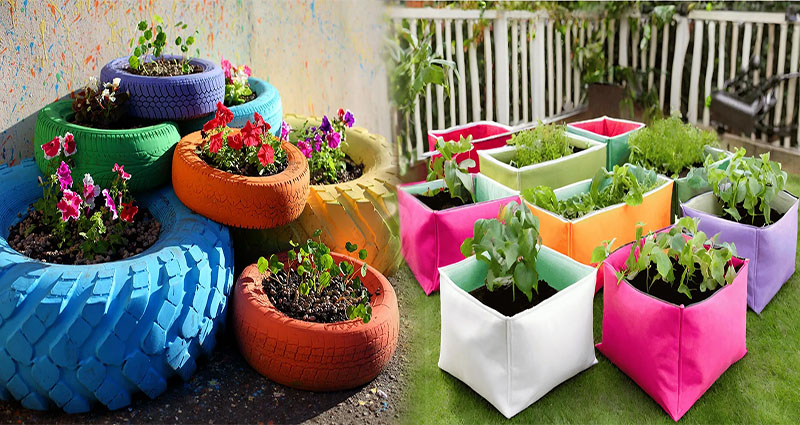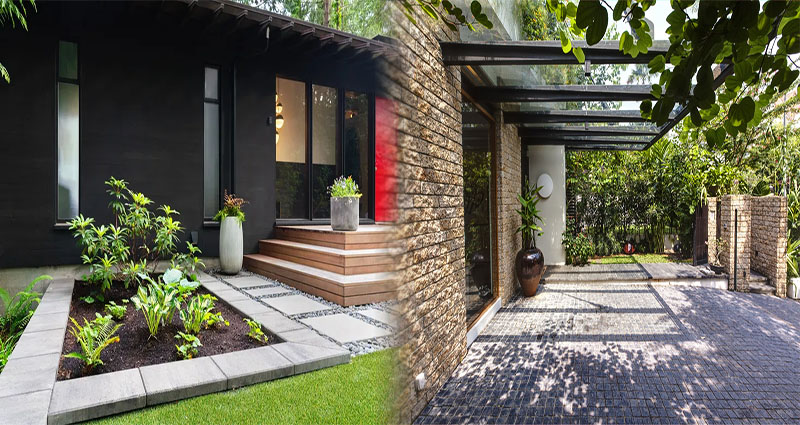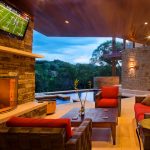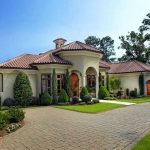Inexpensive Recycled Materials for Constructing Vegetable Garden Beds
Creating a vegetable garden is a fulfilling endeavor that provides fresh, homegrown produce while promoting sustainability. Constructing garden beds is a crucial step in this process, and the use of recycled materials offers an affordable and eco-friendly approach. Here are some inexpensive recycled materials that can be repurposed for constructing vegetable garden beds.
Shipping Pallets
Description: Shipping pallets can be repurposed as raised garden beds, providing a cost-effective way to create planting space.
Benefits: These pallets are readily available and can be obtained for free or at a minimal cost. Their modular nature allows for easy customization and stacking to accommodate various garden sizes.
Considerations: When using pallets, it is essential to ensure they are free from chemicals or toxins that could leach into the soil. Using a protective barrier, such as landscape fabric, can address this concern.
Concrete Blocks
Description: Salvaged concrete blocks are an excellent choice for constructing … READ MORE








